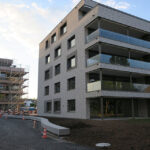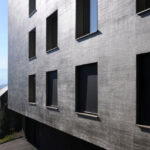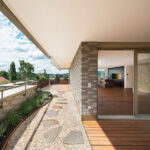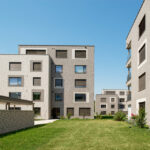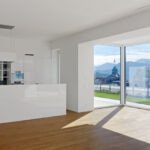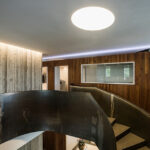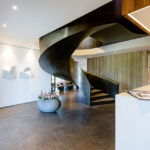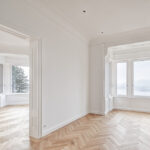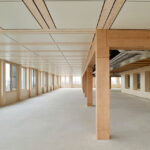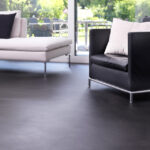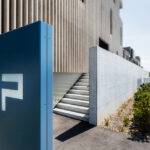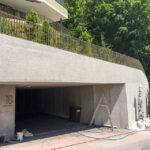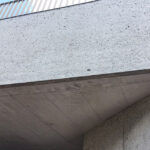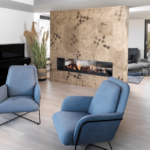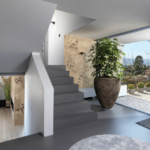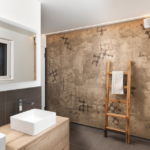In order to provide you with an optimal experience, we use technologies such as cookies to store and/or access device information. If you agree to these technologies, we can process data such as surfing behavior or unique IDs on this website. If you do not give or withdraw your consent, certain features and functions may be affected.
Technical storage or access is strictly necessary for the legitimate purpose of enabling the use of a specific service expressly requested by the subscriber or user or for the sole purpose of carrying out the transmission of a message over an electronic communications network.
Technical storage or access is necessary for the legitimate purpose of storing preferences that have not been requested by the subscriber or user.
The technical storage or the access, which takes place exclusively for statistical purposes.
Technical storage or access used exclusively for anonymous statistical purposes. Without a subpoena, the voluntary consent of your Internet service provider, or additional records from third parties, the information stored or accessed for this purpose alone generally cannot be used to identify you.
The technical storage or access is required to create user profiles, to send advertising or to track the user on a website or across several websites for similar marketing purposes.
